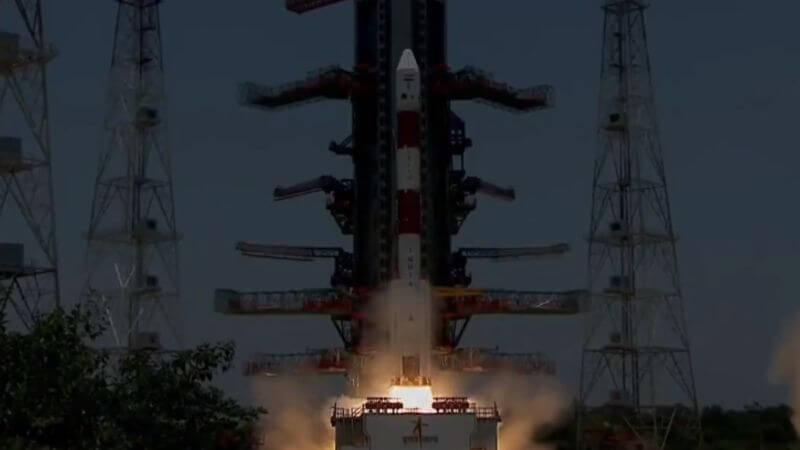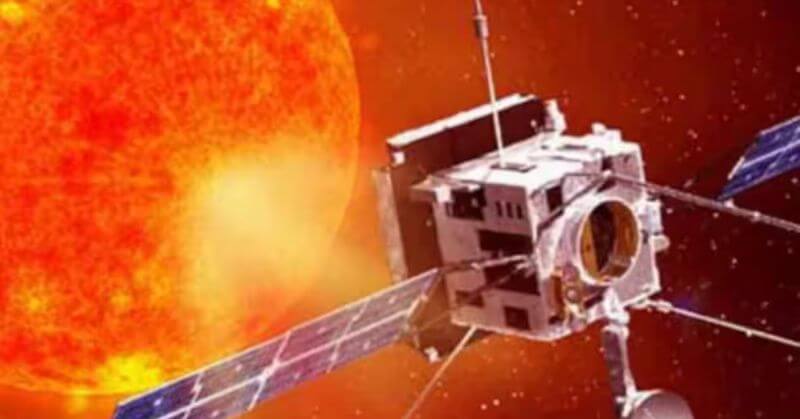After a successful and soft landing on the moon, ISRO is set to go to the Sun. The space agency launched its maiden solar mission, Aditya-L1. Moreover, the Aditya-L1 is India’s first space observatory for solar research. It was launched at 11:50 AM IST from the main spaceport in Andhra Pradesh. However, many people have a question in mind: the question is whether the spacecraft will “land” on the Sun. If you have the same question, continue reading to learn about the space mission.
How Is The Aditya-L1 Designed?
Praying for the success of Aditya L1 ❤️🇮🇳#AdityaL1 #ISRO #Sun #SolarMission #AdityaL1Launch #SunMission pic.twitter.com/nKOONKK313
— Entertales (@Entertales) September 2, 2023
The mission is designed to provide remote observations of the solar corona. It will also provide in-situ observations of the solar winds. Furthermore, the Visible Emission Line Coronagraph (VELC) and the primary payload of Aditya-L1 will send 1,440 images every day to the ground station.
Here is the brochure: https://t.co/5tC1c7MR0u
and a few quick facts:
🔸Aditya-L1 will stay approximately 1.5 million km away from Earth, directed towards the Sun, which is about 1% of the Earth-Sun distance.
🔸The Sun is a giant sphere of gas and Aditya-L1 would study the… pic.twitter.com/N9qhBzZMMW— ISRO (@isro) September 1, 2023
However, the Aditya-L1 spacecraft will not land on the Sun. Because of the high temperatures of the Sun’s surface make it almost impossible to land on the Sun. It will stay at a distance of about 1.5 million km from the Sun. This is about 1% of the Earth-Sun distance. Moreover, the spacecraft will carry seven payloads to observe the photosphere, chromosphere, and the Sun’s outermost layers. This will use electromagnetic particles and magnetic field detectors.
However, Aditya-L1 will take a similar approach as Chandrayaan-3 to reach its designated spot. The spacecraft will remain in the Earth’s orbit for about 16 days. It will undergo five maneuvers to gain the speed needed for the L1 jump.
Where’s The Spacecraft Headed To?

Aditya-L1 spacecraft will be placed in the halo orbit around Lagrangian Point 1 (L1). The orbit is around 1.5 million km from the Earth in the direction of the Sun. The spacecraft will study the Sun from there. Furthermore, it will revolve around the Sun with the same relative position. It will see the Sun continuously without any eclipse. The spacecraft is set to study the sun’s orbit and movement.
PSLV-C57/Aditya-L1 Mission:
The launch of Aditya-L1 by PSLV-C57 is accomplished successfully.
The vehicle has placed the satellite precisely into its intended orbit.
India’s first solar observatory has begun its journey to the destination of Sun-Earth L1 point.
— ISRO (@isro) September 2, 2023
The Aditya-L1 was launched in order to provide studies and images of the Sun. The spacecraft will remain around the Earth’s Orbit for 16 days. If this mission succeeds, it will be an excellent achievement for ISRO. Moreover, the success will help make India a prestigious name in the world of space research. Did you watch the Aditya-L1 launch? Are you keen to learn more about the space missions? Do let us know your thoughts in the comment section below. We’re eagerly waiting for your response. Stay tuned for further updates.
Follow Us: Facebook | Instagram | Twitter |
Youtube | Pinterest | Google News |
Entertales is on YouTube; click here to subscribe for the latest videos and updates.














